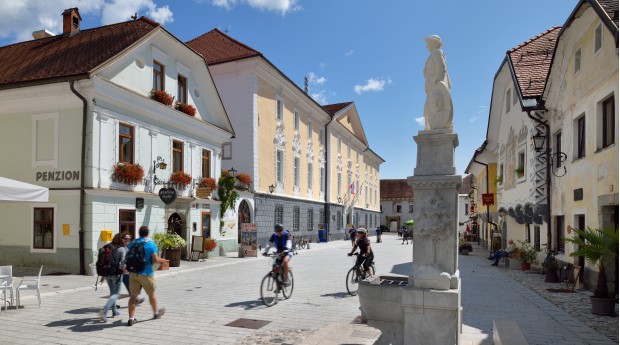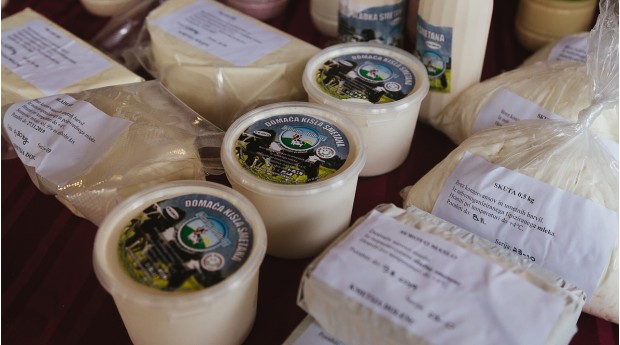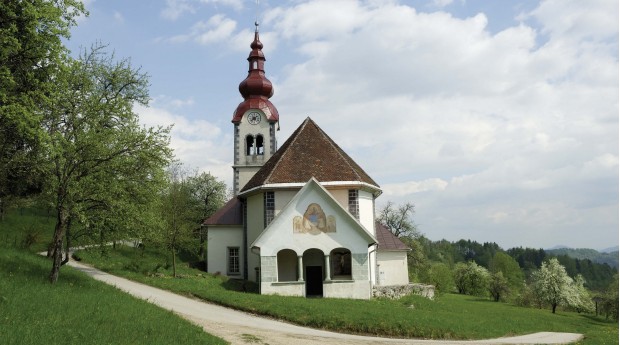Tržič is one of those places that, on first glance, may not appear to have that many sights of interest. However, there is far more than initially meets the eye, both in terms of natural and cultural attractions. I’ve already blogged about many of them, and here’s another one to add to the list!
Gutenberg Castle (sometimes referred to as AltGutenberg or Gutenberk), or rather the remains of, is one such example. It was first mentioned in 1156, thus making it among the oldest (known) castles in Slovenia. Following an earthquake in 1511, the castle was no longer renovated and it fell into ruin.
The castle is located 663 metres above sea-level above the Tržiška Bistrica area of the town. Though only a couple of walls remain, it is clear to see that it was once a fairly mighty castle.
There are two paths to reach the castle ruins – from an easterly direction (unmarked path, cca. 25mins), or from a westerly direction (marked path, cca. 15 mins) – I chose the latter!
From Tržiška Bistrica follow the road steeply uphill and shortly after passing the last houses and turning a bend, you will see a road that branches off to the right, where there is space for a couple of cars to park.
Set off along the gravel road. After just a few metres you will spot a beehive on the left-hand side; continue along the road until you reach a shrine.
Take the path that leads uphill behind the shrine.
After just a few metres you will see a sign for Mt. Dobrča and the Bistriška planina mountain pasture.
Continue up the steep path for another few minutes until you reach a wooden handrail and steps that lead up to the castle ruins.
The first Ljubljana bishop, Count Žiga Lamberg, was born at the castle in around 1420. Interestingly, it was also Lamberg that in 1465 consecrated the renovated church on the island on Lake Bled.
The views from the castle alone make the trip worthwhile. To the west there is a view of Mt. Dobrča and onwards towards the Julian Alps…
…while to the east there is a view of Kriška gora, which is particularly attractive at this time of year when nature is at its greenest.
On returning back to the shrine, I suggest continuing up the road opposite (see below to the right of the red car). On reaching a large villa, take the path to the right which, after just a few metres, leads up to St. George’s (sv. Jurij) church, which in the past belonged to the castle.
You could visit both these attractions as part of a hike to Mt. Dobrča, as a standalone visit, or as part of a trip to see more of Tržič’s attractions. Whenever or however you choose to visit, I hope you enjoy your visit!
© Adele in Slovenia
















_r.jpg)


